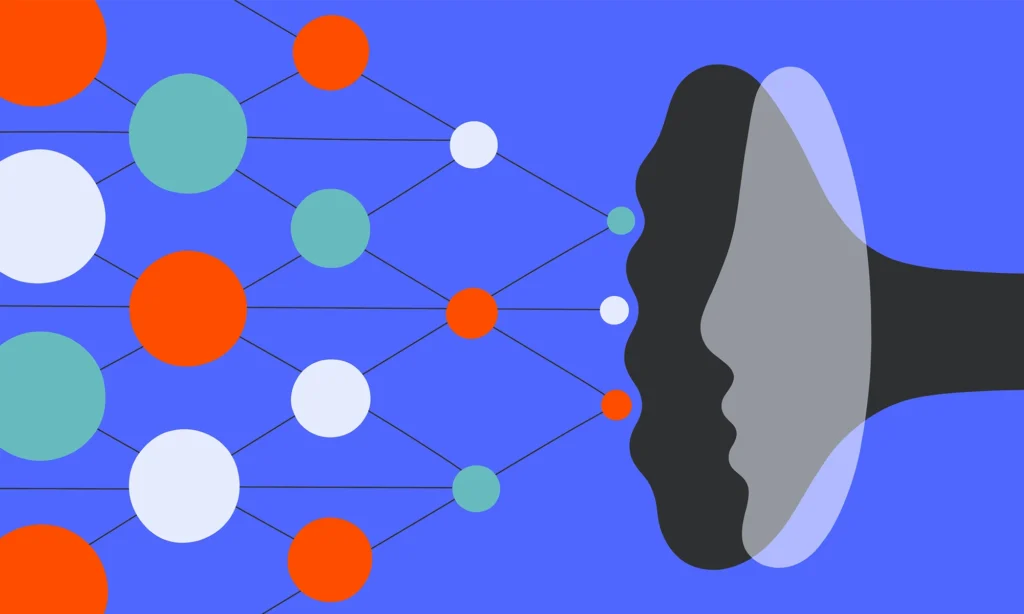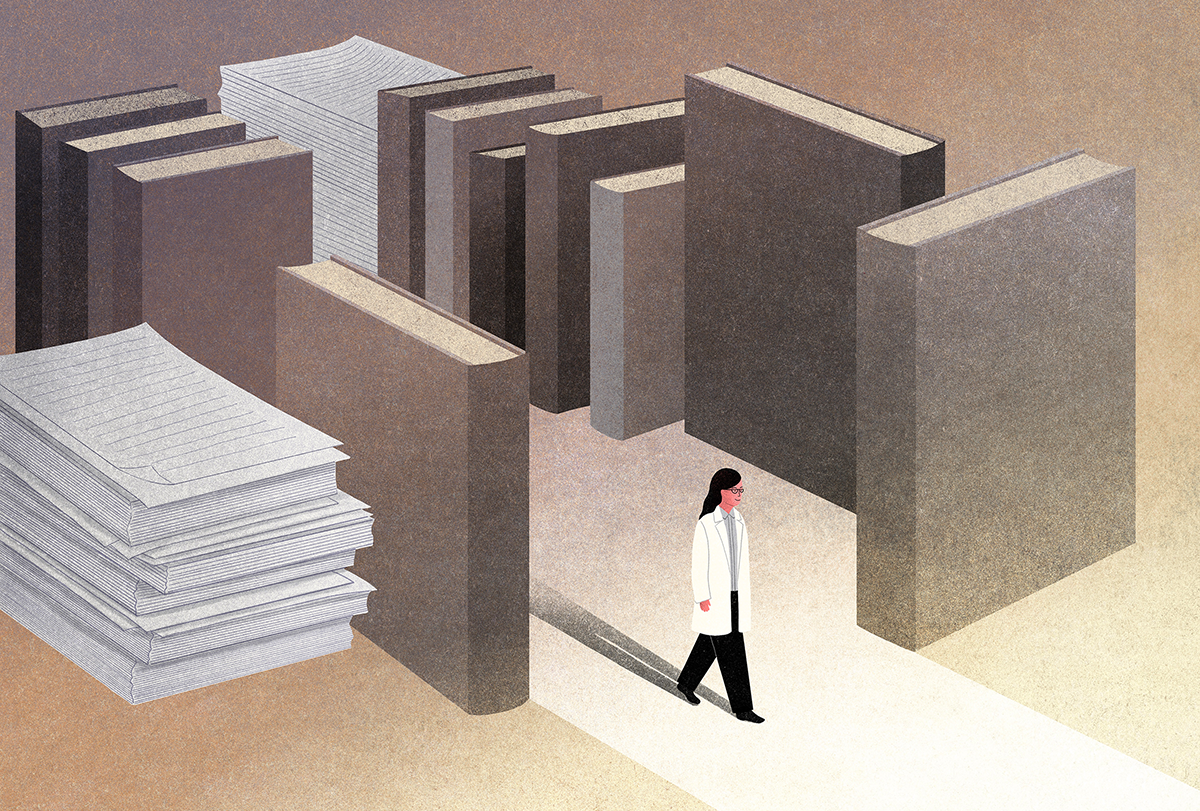
On the importance of reading (just not too much)
The real fun of being a neuroscientist, and maybe the key to asking and answering new questions, is to think big and take intellectual risks.
When I was a fairly junior scientist just starting my lab, a Nobel Laureate commented that I read “too much” of the scientific literature. I had always prided myself on keeping up with the latest research findings, so this remark struck me as odd. As neuroscientists, don’t we build on previous findings? Don’t results from our colleagues help us to better design our experiments and interpret our data?
My colleague’s comment contrasted sharply with the advice I had received as a postdoctoral researcher that a few hours in the library (yes, we used a library back then) might save me weeks in the lab. Of course, keeping up with the exponentially expanding number of journal papers and preprints in my area of neuroscience, let alone in slightly adjacent fields, was a virtually unsurmountable task. But surely my colleague was not advising me to stop reading the scientific literature altogether. It seemed the sort of musing that only a person who had reached the absolute upper echelons of science could dare think, much less utter aloud.
Despite the sage source of this advice, I did not follow it. I continued to read and be inspired by neuroscience papers detailing a comprehensive set of new results, a surprising finding, an elegant experimental design, a well-constructed theory or just a superbly written bit of new science. Until one day, when I was relaxing and watching the wonderful movie “A Beautiful Mind.” Russell Crowe, who played Nobel Laureate John Nash, cautioned that “classes will dull your mind, destroy the potential for authentic creativity.” This made me wonder whether I had missed the critical nuance in my colleague’s comment on my reading habits.
Perhaps he was hinting at the importance of devoting more time and mental energy to developing and following my own scientific ideas rather than simply committing to memory the ideas and findings of others. To add my own voice to the base of knowledge rather than doing the next logical experiment in another scientist’s line of research. To have the courage to explore my thoughts and develop theories without being unduly distracted or influenced by the latest findings from a “hot” new neuroscience paper. Perhaps reading “too much” instills some sort of groupthinking, hampering my ability to find my scientific voice and cultivate my own questions.
My Nobel-Prize-winning colleague often talked about how creativity in science needs to be nurtured; for most scientists, creativity doesn’t “just happen,” rather, they need to carve out time for this process. Perhaps the path to exciting science lies not in knowing more results but in asking better questions and synthesizing existing ideas and findings in novel ways.
A
s I started thinking about how other scientists navigated this balance—Albert Einstein famously devoted an enormous amount of time to ruminating and theorizing—I began to wonder if I, too, should prioritize time to think about my own ideas. I did, after all, feel justified when allocating a part of my scientific day to writing recommendation letters, but it somehow seemed like an unaffordable luxury to block off time to think about my science.Eleanor Maguire, a neuroscientist who produced wonderfully innovative and novel findings about memory and hippocampal function, advised her trainees to “plant seeds, not to trim hedges.” (She died in January, a huge loss for our entire community.) My interpretation of these wise words is that as scientists, our goal should not be to simply refine or optimize an existing model, but to take the time to foster our own ideas and explore fresh directions that might lead to greater scientific opportunities. Granted, it is easier to follow existing footsteps. But the real fun of being a scientist, and maybe the key to asking and answering new questions, is to think big and take intellectual risks.
Nobel Prize winners May-Britt and Edvard Moser were initially inspired by place cells discovered by John O’Keefe and Jonathan Dostrovsky. But rather than simply revising and optimizing what was already known about place cells, they came up with a new question: From where does this spatial information of place cells originate? Instead of focusing on the dorsal hippocampus, a region well known to have place cells, they recorded from the upstream entorhinal cortex. They found that, unlike place cells that fire in a specific location in an environment, these entorhinal cortex neurons fired at several locations across environments in a hexagonal pattern, forming a grid that resembled a coordinate system similar to a universal type of spatial map. This discovery allowed the Mosers to further explore not only how grid cells worked, but also how they were formed and interacted with other systems. The seed planted by the Mosers bore an abundance of “low-hanging” neuroscientific fruit that their group continued to pick long before others really entered this exciting new field.
Scientists who naively stride into new fields may experience a similar shift; rather than being intellectually “boxed in” by the latest findings, they have “fresh takes” that may enable fundamental breakthroughs. Santiago Ramón y Cajal, originally trained in art, medicine and pathology, applied his considerable artistic skills to create detailed drawing of neurons. From these drawings, he developed the “neuron doctrine” that “each element is an absolute autonomous physiology canton.” This challenged the dominant theory at the time, the “reticular theory,” which proposed that neurons are fused together to form a diffuse network. Maybe his unique perspective allowed Ramón y Cajal to more easily confront the prevailing wisdom.
Donald Hebb trained as a psychologist (behavioral neuroscientist) with a Ph.D. thesis entitled “The problem of spatial orientation and place learning.” But I would argue that Hebb’s greatest contributions to neuroscience were the ideas contained in his classic book “The Organization of Behavior,” in which he described synaptic/Hebbian plasticity (also called long-term potentiation, or LTP), which played a foundational role in the field of neural networks. Had Hebb been trained as an “expert” and been well versed in the literature of these subfields, perhaps he would not have made these important theoretical contributions.
The list goes on. Francis Crick co-discovered the structure of DNA but turned his attention to neuroscience and consciousness in the 1970s. His ideas on consciousness offered a novel perspective on this area of research, likely because he was an outsider in the field. Patricia Churchland, trained as a philosopher, also made important contributions to our understanding of consciousness, positing that consciousness may derive from attachment and social bonding. Terrence Sejnowski trained as a physicist—his master’s thesis examined the strength of gravitational waves—but he contributed greatly to our understanding of neural networks and computational neuroscience.
From these examples, it seems that a gist-like picture of a field, rather than an obsessive deep dive into the weeds, enables a sort of scientific naivete that can be harnessed to spur scientific creativity. Scientists from slightly adjacent fields might not be aware of the “common lore” that a certain type of experiment “won’t work.” Perhaps scientific creativity and innovation stem from asking big, yet somewhat naive, questions.
An outsider’s perspective may also help us abstract common themes and identify patterns without getting drawn into the details of a field. A step away from the precise ins and outs of a field enables the filtering out of noise. It also allows us to make novel connections between findings. In machine learning, overtraining a model can lead to overfitting, such that the model does not generalize well on new data. By reading “too much” (and maybe not thinking “enough”), perhaps I was overfitting the data, when the exciting process would have been to abstract novel insights instead.
Looking back, my colleague’s comment was a key impetus in changing how I approached being a neuroscientist. Reading the scientific literature remains important, but I now believe this should not be an end in and of itself. The information gained by reading should provide the basis for further thinking, abstraction, development of ideas—and ideally, results that may just change everyone’s thinking about the brain.
I now try to block off time to think and brainstorm with my lab about scientific ideas. Possibly I am reading entirely too much into a simple remark uttered many years ago. Sometimes a comment is just a comment. But sometimes a comment is sufficient to make one (at least this one) think.
Recommended reading
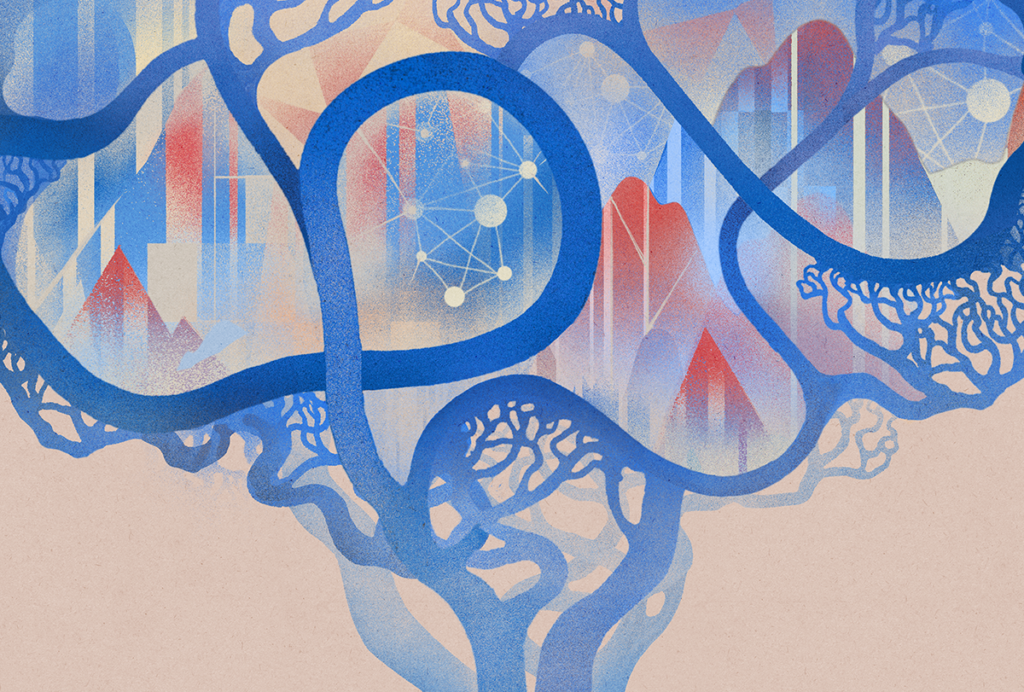
Tracing neuroscience’s family tree to track its growth
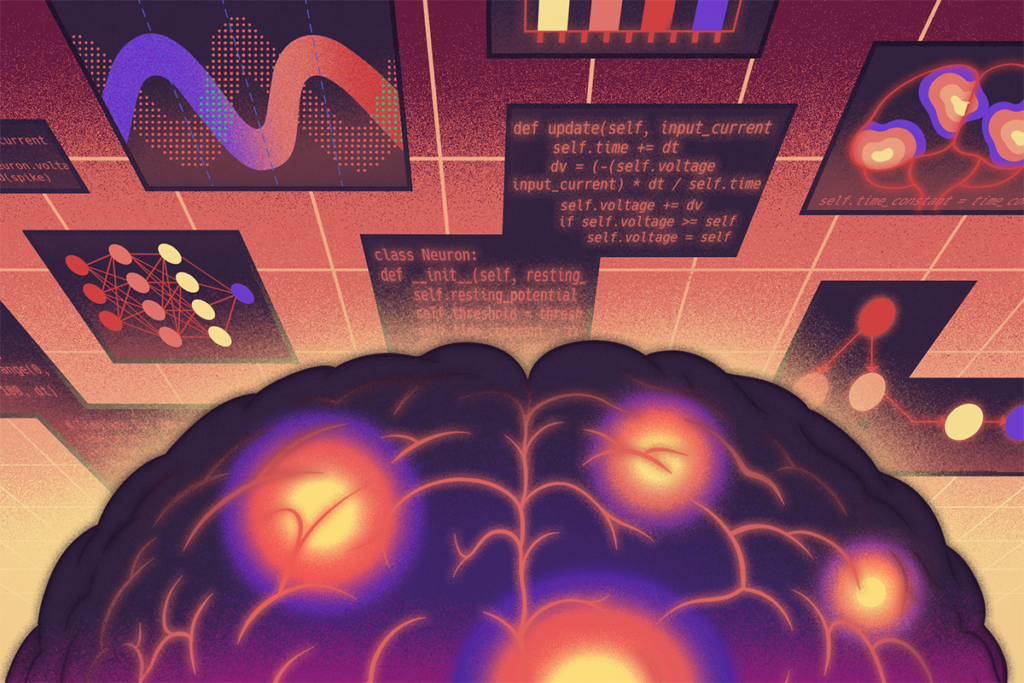
Should neuroscientists ‘vibe code’?
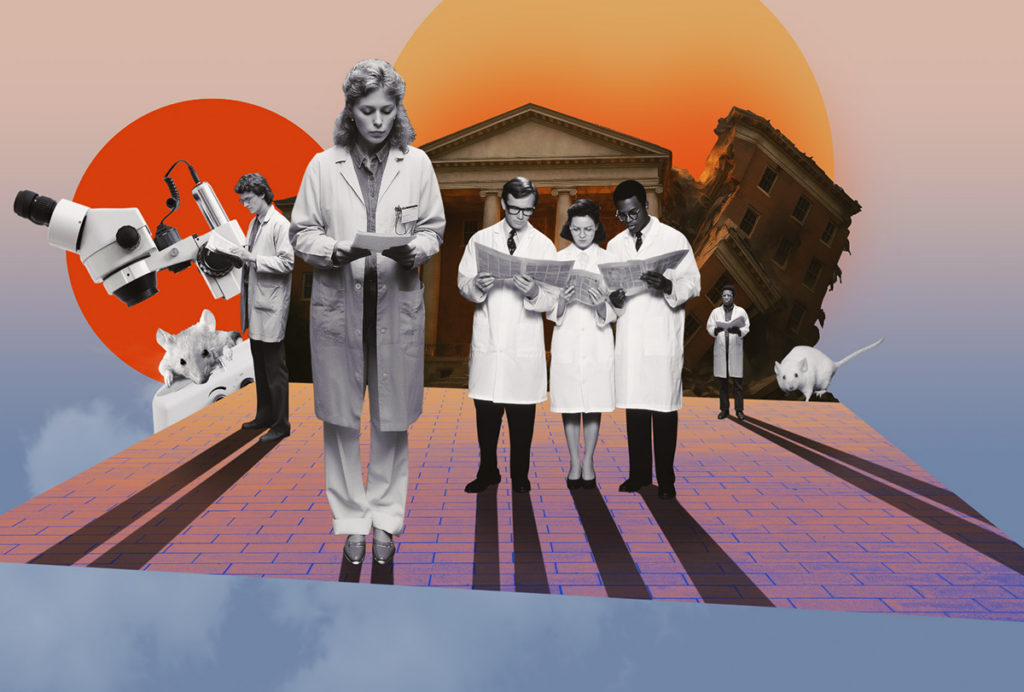
Fear and loathing on study section: Reviewing grant proposals while the system is burning
Explore more from The Transmitter
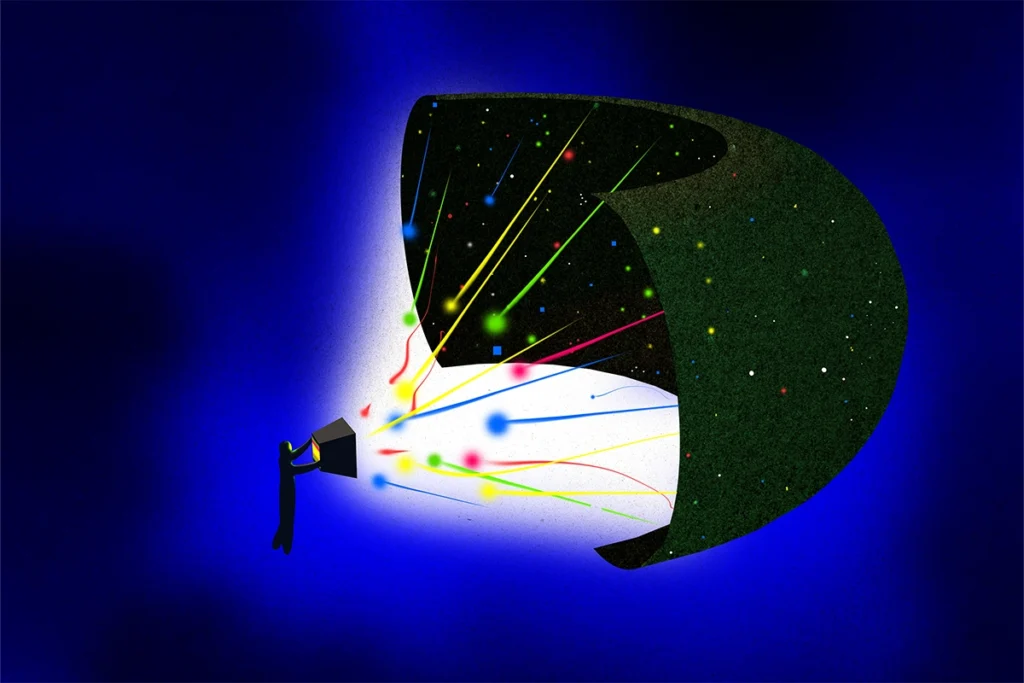
Imagining the ultimate systems neuroscience paper
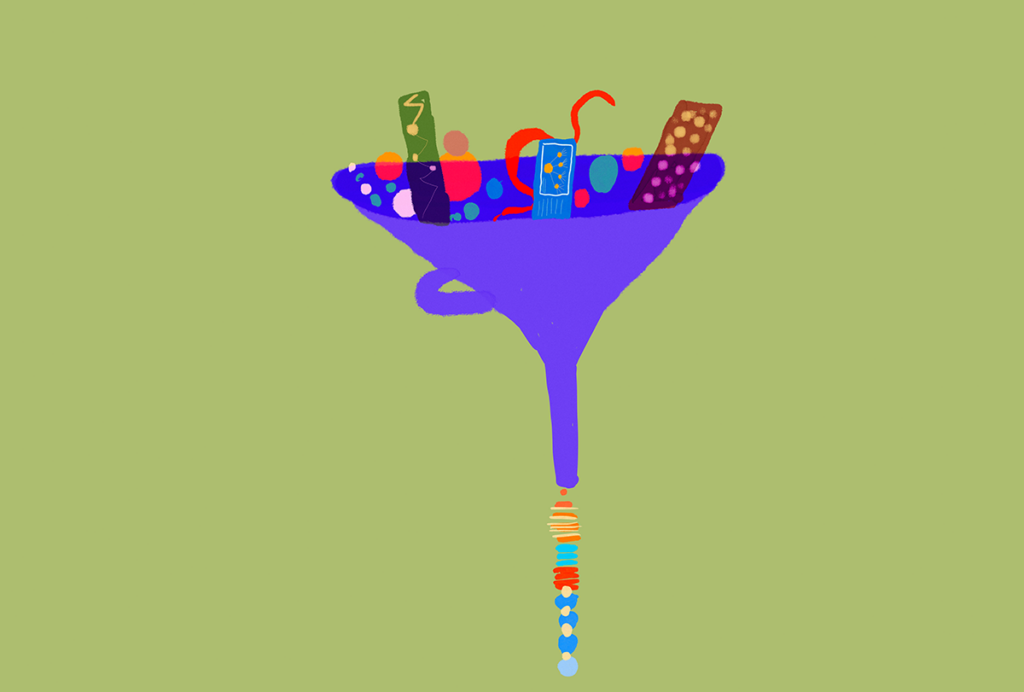
To keep or not to keep: Neurophysiology’s data dilemma
